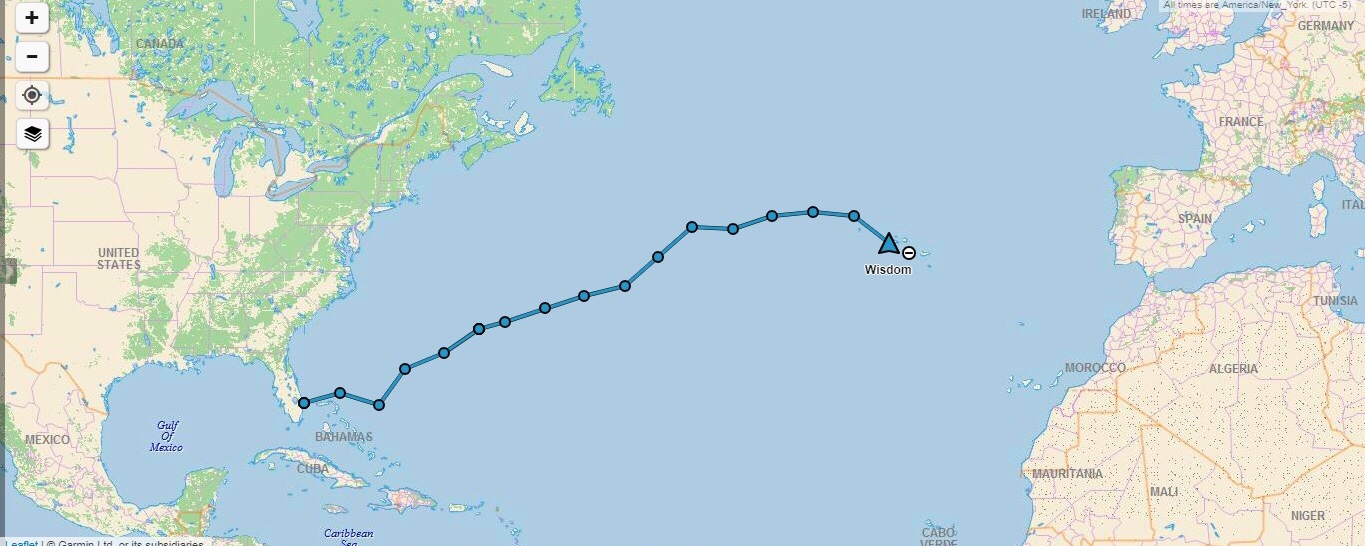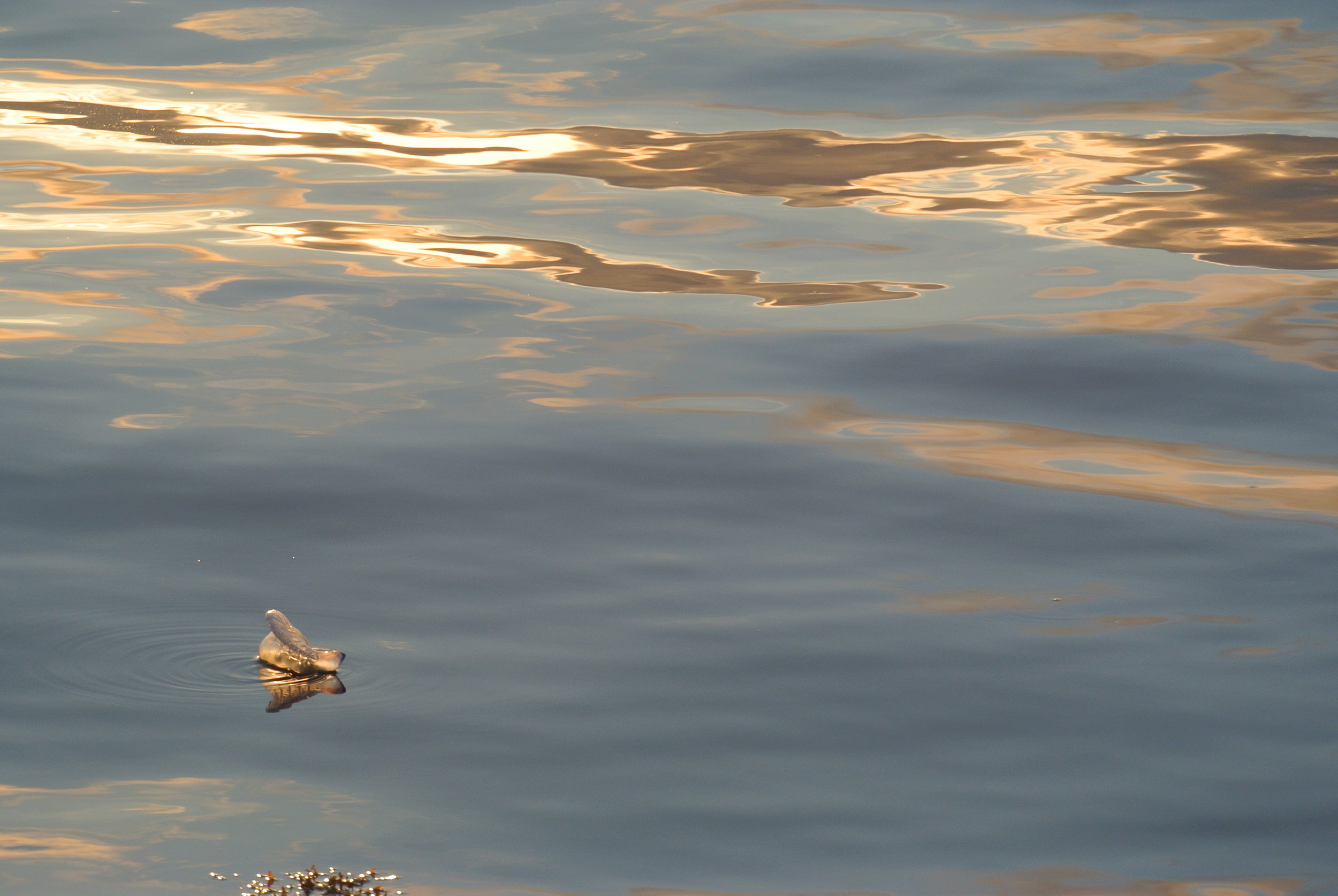When we sailed across the Atlantic, we were astonished by the shear volume of floating plastics that are out there. We saw buoys that broke from their anchors, shoes, coolers, all sorts of things floating out there with us. We grabbed the pieces of plastic that were close to the boat, but some were too big for us to bring on board or even manage!
Our YouTube channel just hit 10,000 subscribers and we wanted to celebrate in a way that would make a difference! We have searched through different organizations that actually go out to sea and clean up the plastic that is out there. These organizations have the equipment needed to harvest and process the pieces of plastic that are floating out there and polluting our world.
We found one in particular that really strikes us as having the same goals and ideals as us, and we decided that we would create a fundraiser for them.
http://give.surfrider.org/riggingdoctor
The plan is simple: If each subscriber donates $1, we would be able to raise $10,000 for the organization. Why stop there? Why limit this just to subscribers? Everyone should be able to help out with this cause and pitch in to help clean up the oceans that we rely on to make Earth a habitable blue ball out in space!















